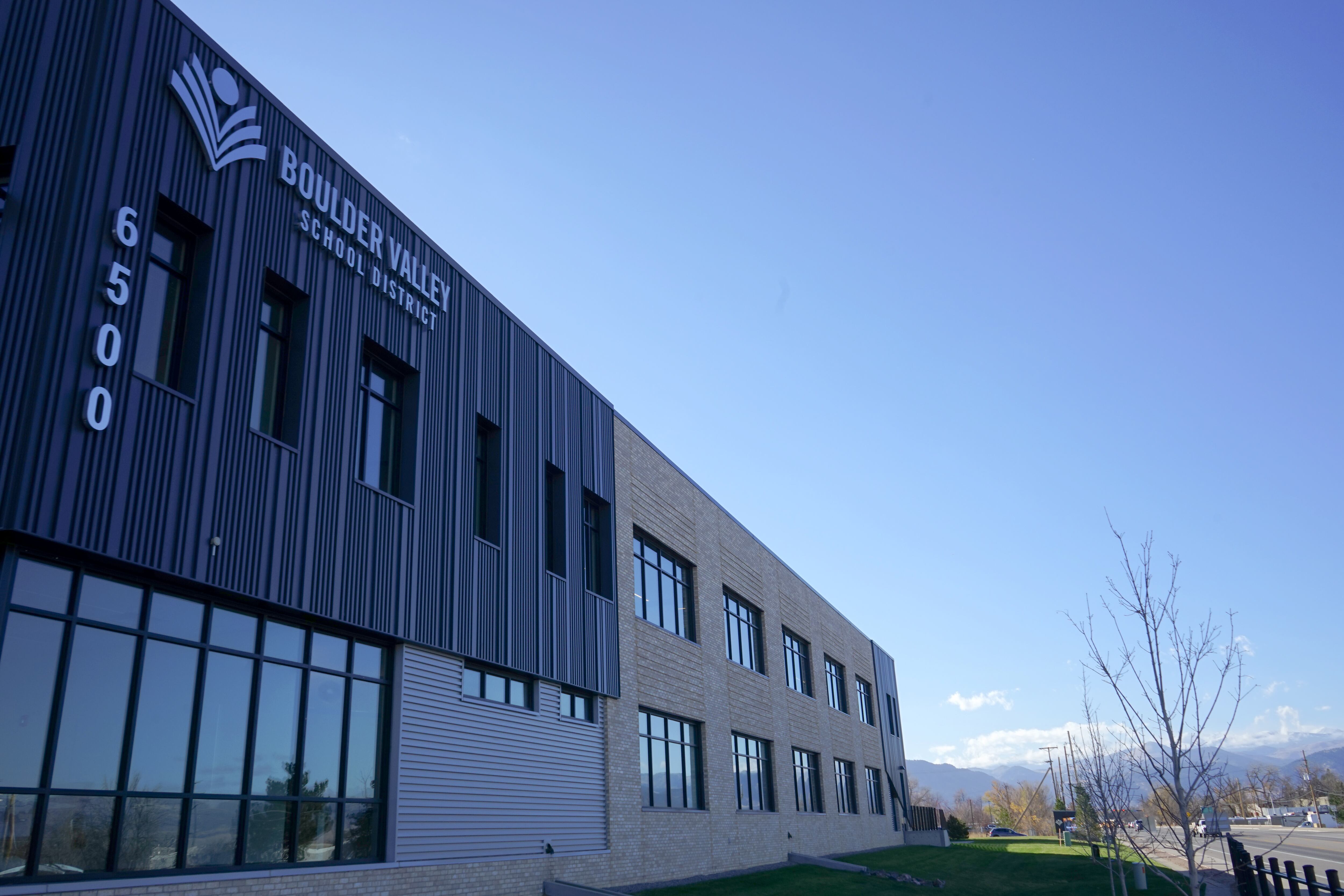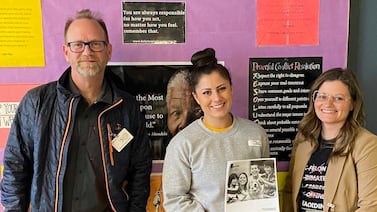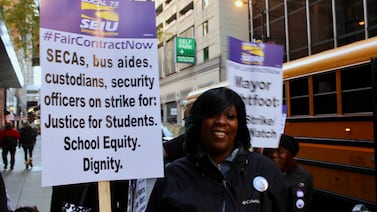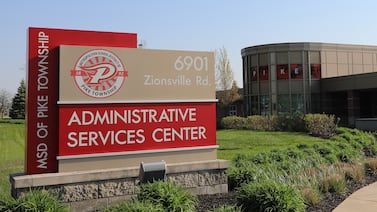This story originally appeared on Boulder Reporting Lab and is republished here with permission.
This school year, more than 750 students or their guardians in the Boulder Valley School District have reported they either lack stable housing or are homeless, according to district officials. That’s more students than at any time since the Great Recession.
The uptick in student homelessness comes as city and county rental assistance programs are nearly out of money. Meanwhile, inflation has driven up the cost of everyday basic needs, such as food.
“It’s a reckoning for the community. We have not seen family homelessness like this for many, many years,” said Julie Van Domelen, the executive director of Emergency Family Assistance Association, a Boulder-based nonprofit that provides financial support to families.
The number of homeless students is calculated based on those who qualify for the McKinney-Vento program. Under federal law, the district must provide students enrolled in the program access to certain services, such as free meals and transportation to school. Student homelessness reduces academic performance, among other negative consequences.
The McKinney-Vento data can be compared across time and school districts. It counts the number of students who are staying in shelters, hotels or doubling up due to economic hardship. It also counts the number of unsheltered students, which is more rare than the other situations.
For much of the last decade, the number of homeless students in the Boulder Valley School District had been steadily declining, from 1,024 during the 2010-2011 school year to 290 during the 2020-2021 school year, according to state data. That’s a drop from 3.5% to 1% of the district’s student population of approximately 30,000.
That number spiked to more than 1,400 after the Dec. 30, 2021 Marshall Fire, which destroyed more than 1,000 homes in Boulder County. Most of those students were doubling up with other families. About 20 students displaced by the fire still qualify for the McKinney-Vento program, according to the district.
The enrollment of more than 750 students in the McKinney-Vento program this school year is an indication that student homelessness is on the rise. The district says resources to help those students — such as free transportation and rental assistance — are just about maxed out.
For instance, the district has already had trouble providing transportation for students due to the national shortage of bus drivers. It is currently contracting with HopSkipDrive, a vehicle-for-hire program, to get students to schools. The district is planning to seek grant money in order to continue providing free rides to school.
“We have to make sure we get a hold of every grant available to be able to help with transportation,” Ema Lyman, a McKinney-Vento liaison at the Boulder Valley School District, told Boulder Reporting Lab.
Lyman said the district used federal stimulus money from the American Rescue Plan Act to hire a second McKinney-Vento specialist, which helps connect students and their families to services. The school district is deciding whether to keep that position, which was temporary.
Even so, housing assistance is becoming more scarce. Boulder County ran out of federal rental assistance money this month, and the city of Boulder has spent nearly all its rental assistance money for the entire year in a matter of months.
“In theory and on paper, we have a lot of resources. But they are maxed out,” Lyman said.
Boulder County to give out limited rent assistance
On any given week, Van Domelen of the Emergency Family Assistance Association said about 600 households come to the food bank. That’s nearly twice as many people as prior to the Covid-19 pandemic. This year, the nonprofit is planning to spend $3.4 million in financial assistance, most of which is used for housing assistance, she said. That’s about three times as much money as in prior years.
“Safety nets like EFAA are supposed to be there for the vagaries of life — the shock to a household, a medical bill, a cut in hours,” she said. “None of our safety nets are really designed to substitute for full-time jobs that are not enough to pay for housing, food and basics. So I don’t know what’s going to happen.”
Boulder County has $726,000 available for rental assistance through its Next Steps program, which is a collaboration between Boulder County Housing and Human Services, the St. Vrain Valley School District and the Boulder Valley School District. The money will be available to households earning up to 30% the area median income — about $26,000 for an individual living in Boulder County and more for families.
The county hopes to serve about 41 families with this money during the 2023-2025 grant cycle, providing them just enough support to help them move through a crisis, according to Jim Williams, a spokesman for Boulder County.
“For some families, that might look like assisting with arrears and three months of forward rental assistance to keep them in their current unit after they have experienced a financial setback due to illness,” Williams wrote in an email to Boulder Reporting Lab. “For other families, especially those that are already paying hotel expenses on their own, a deposit and housing navigation to overcome any lease up barriers they may be facing is what is needed.”
During the Covid-19 pandemic, the county gave tenants and property owners nearly $18 million in rental assistance. It stopped accepting applications in January 2023.
In recent months, the number of eviction case filings in Boulder County court has reached the highest levels in years. Many of the tenants showing up in housing court this month are already living in some of the city’s most affordable apartments, leaving them with few more affordable options if they want to stay in Boulder.
In the last decade, the median cost to rent a place in Boulder has increased faster than the median income of its residents, according to the U.S. Census. In 2021, the city’s rental vacancy rate was less than 2%, which is below the national average.
Lyman said she has worked as a McKinney-Vento specialist for 13 years. She said she has also lived in Boulder for more than 40 years.
“I’m fairly acquainted with how the demographics have changed, and how housing prices have gone up year after year,” she said. “A big percentage of students who are unable to get housing, for whatever reason, move away.”
John Herrick is senior reporter for Boulder Reporting Lab, covering housing, transportation, policing and local government. Reach John at john@boulderreportinglab.org.








